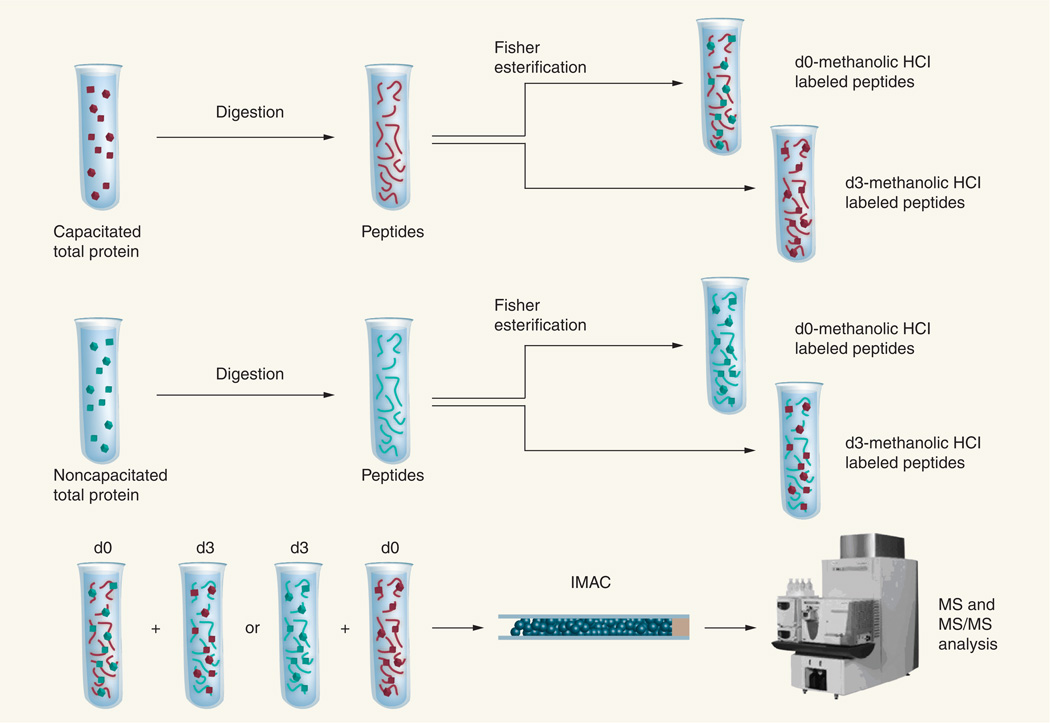Figure 2. Differential isotopic labeling strategy for mass spectrometry-based identification and quantitation of phosphorylation changes associated with capacitation.
Proteins extracted from both capacitated and noncapacitated sperm samples are first digested and split into two aliquots. The Fischer esterification is carried out on one aliquot from each sample using anhydrous methanol and on another aliquot using anhydrous, deuterated methanol to convert the peptides to their corresponding methyl esters. Differentially labeled peptide samples (e.g., d0-labeled capacitated peptides and d3-labeled noncapacitated peptides) are combined and subjected to IMAC-based phosphopeptide enrichment and MS analysis. Carrying out the same analysis in the ‘reverse’ direction (e.g., d3-labeled capacitated peptides and d0-labeled noncapacitated peptides) permits the calculation of an odds ratio for quantitation.
IMAC: Immobilized metal ion affinity chromatography; MS: Mass spectrometry; MS/MS: Tandem mass spectrometry.
Adapted with permission from [44]. © 2009 American Chemical Society.

